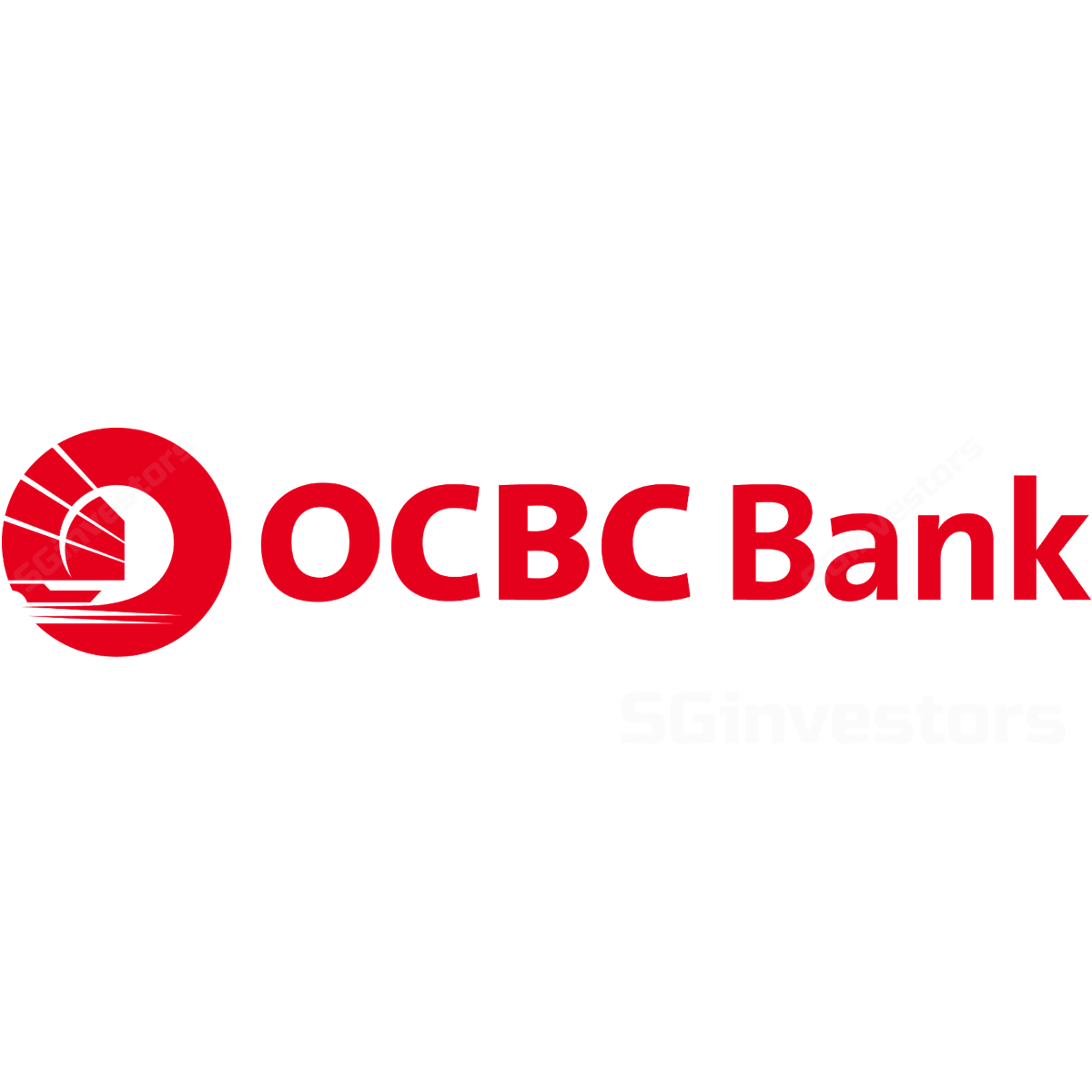 OVERSEA-CHINESE BANKING CORP
OCBC
O39.SI
OVERSEA-CHINESE BANKING CORP
OCBC
O39.SI
OCBC Bank Limited - Battening down the hatches
- 1Q16 NPAT of S$893mn declined 12% yoy driven by a decline of 22% yoy in non- interest income.
- Net interest income declined 3% yoy on the back of margin expansion by 13bps yoy. 1Q16 NIMs at 1.75% (1Q15: 1.62%)
- NPL was higher yoy at 1.06% (1Q15: 0.64%).
- Maintain "NEUTRAL” with a higher TP S$8.07 (previously S$7.85), pegged at 0.95x FY16F book value (not including preference shares).
How do we view this?
Loans declined but a balanced performance across its segments.
- OCBC’s customer loan book declined 1% yoy led by General Commerce loans, Manufacturing loans and Transport, storage and communication loans.
- The decline was partially offset by continued growth by a broader selection of loan segments.
- We think that the performance profile of loan segments are more balanced and are not overly reliant on strong performance by a couple of segments.
Deposits weaker owing to weaker loan demand.
- Demand for loans have weaken and as part of the asset liability management, deposits has correspondingly declined. Particularly for USD loans which have weaken in 1Q16. Total deposits fell 4.7% yoy. Fixed deposits (FD) fell %5.9 yoy partially offset by Current and Savings Account (CASA) which grew 5% yoy. Management would not be aggressive in competing for deposits. This is in line with our expectations that OCBC should maintain LDR between 83% to 85% under a weak yet competitive lending and deposits market in 2016.
NIM expansion of 13bps yoy and 1bps qoq driven by discipline to price risk accurately.
- The NIM expansion was driven increase in loans gross yield because of discipline to price loans according to risk of the borrower.
- Management had eschewed compromising loans gross yield to gain market share and this may continue for FY2016.
- Management has improved their guidance for NIM in FY16 from 1.7% in 4Q15 to 1.75% in 1Q16.
Loan book performance undesirable either in rising or declining interest rates environment in the short-term.
- Macroeconomic sentiments have become less dire just after the beginning of 2016 and SIBOR/SOR moved lower.
- As a result, prices of loans will experience an upper bound limit that caps margin expansions. On the other hand, a rise in SIBOR/SOR rates, though favourable for NIMs expansion has been in the last year, an outcome of global economic imbalances such as expectation of FED rates hikes and risk of capital outflows.
- In a challenging economic environment, more borrowers are becoming tenuous in serving debt therefore loan rates that track the rising SIBOR/SOR breeds another set of worries wherein NPLs will rise much faster than expected. But this is not to say that rising interest rates or the reasons to raise rates are always bad, rather, we highlight that because growth of the global economy is still fragmented and imbalanced, interest rate decisions by policy makers may more often than not bring about undesired effects. Subjected to the current global economic zeitgeist, Singapore banks may find themselves in a quandary where neither rising rates nor declining rates present a clear and straight forward path to benefit its loan book.
Battening down the hatches.
- We expect OCBC to be extremely disciplined in their asset liability management – managing loans growth in tandem with funding costs and controlling operating costs – to overcome the challenges of rising rates or declining rates. This means that we should see a stable performance this year albeit a much weaker growth compared to previous years.
Financial highlight
Loans to Oil and Gas is S$12.4bn making up 6% of loan books.
- Of the S$12.4bn, S$5.58bn are loans related to offshore support services, lower than the S$5.8bn in 4Q15. S$837mn of the S$5.58bn are classified as NPL, higher than the S$812mn in 4Q15.
- As of this reporting period, 14% of S$5.8bn has been assigned to NPL. Management explains that when a offshore vessel owner approaches the bank to renegotiate the terms of the loans to reflect lower charter rates, these loans are assigned to NPL. However this does not preclude the loans from making full service payments. 58% of the Oil and Gas NPLs are still servicing principal and interests payments and 39% of the Oil and Gas NPLs are on interest suspended status.
Fees and commissions fell 5% yoy
- Fees and commissions fell 5% yoy led by declines in Wealth Management -16% yoy, trade- related fees -13% yoy and investment banking fees -23% yoy. The risk off mode at the first part of 1Q16 had impacted WM income.
1Q16 Profit from Great Eastern Insurance Business at S$89.1mn (-57% yoy).
- Insurance Business was down due to an S$42.6mn non-operating loss and lower operating profit of S$120.4mn (1Q15 operating profit: S$150.7mn).
- The non-operating loss was caused by unrealised losses from the widening of credit spreads and decline in equity markets.
- The lower operating profit was due to higher claims in the Singapore Non-Participating Fund and reduced profit contributions from operations in Malaysia as a result of Ringgit weakening against Singapore Dollar.
Investment Actions
- Maintain "NEUTRAL” with a higher target price of S$8.07 (previously S$7.85).
- Our revised TP is based on 0.95x FY16F book value (not including preference shares).
- We have raised our FY16 net profit estimates up by 27% on the back of lower full year NPL provisions.
- 1Q16 NPL cover of 116.3% (NPA cover of 112.8%) was in line with our expectations.
Jeremy Teong
Phillip Securities
|
http://www.poems.com.sg/
2016-05-03
Phillip Securities
SGX Stock
Analyst Report
8.07
Up
7.85

